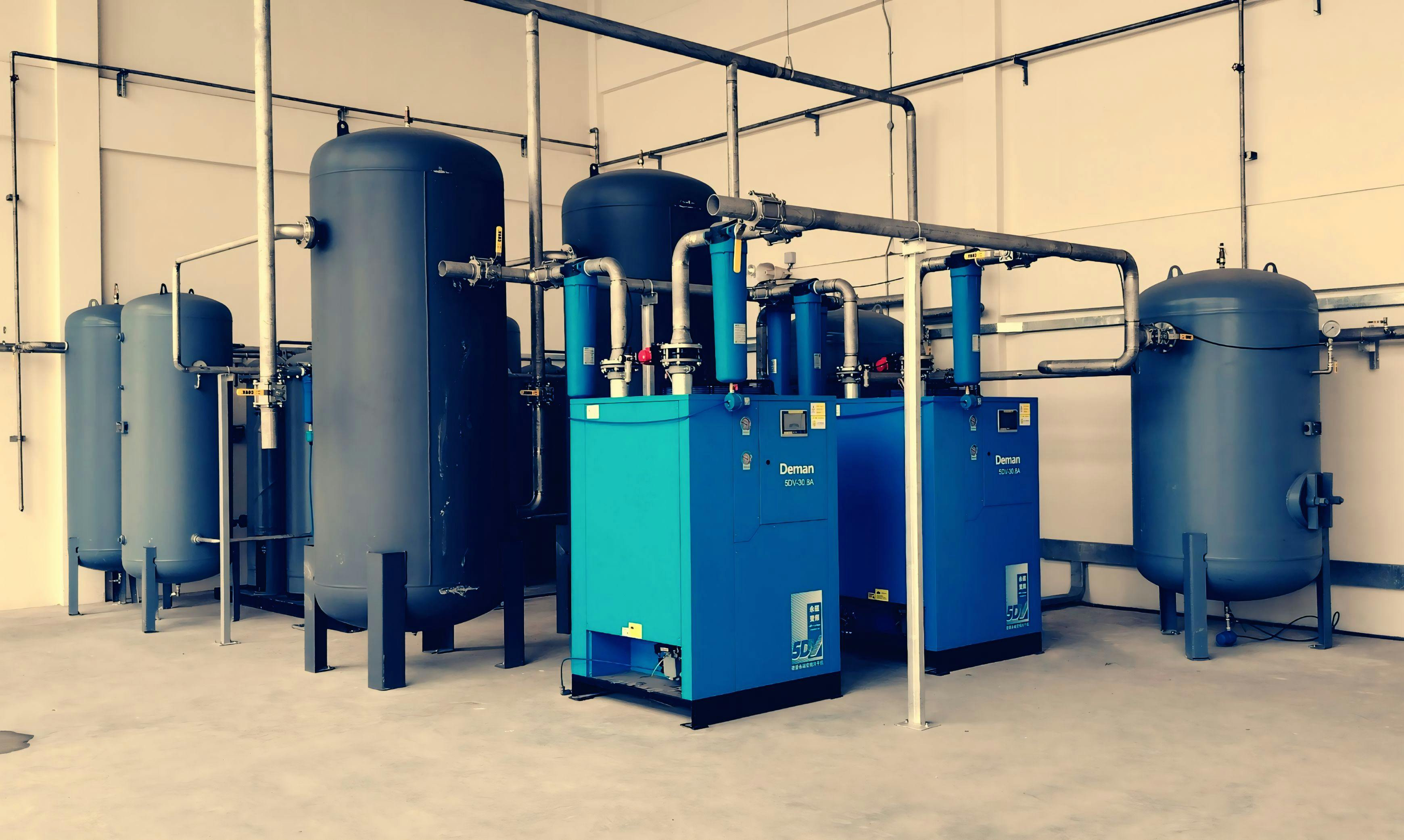A Buyer’s Guide to Custom Fabrication: From Concept to Completion
.jpg)

A Buyer’s Guide to Custom Fabrication: From Concept to Completion
Step 1: Define Your Requirements
The success of a custom fabrication project hinges on the accuracy and clarity of the initial specifications provided. This phase involves an exhaustive assessment of operational requirements, encompassing:
- Material Specifications: Identifying the ideal materials based on the operating environment. For example, stainless steel is often preferred for its corrosion resistance, while high-strength alloys may be chosen for structural applications.
- Load Capacities and Stress Factors: Establishing the mechanical loads and stresses the components will endure ensures optimal material selection and structural design.
- Environmental Conditions: Consider exposure to moisture, extreme temperatures, chemicals, or abrasive conditions to dictate the necessary protective measures, such as specialized coatings or treatments.
- Regulatory Compliance: Ensuring the design complies with international standards, such as ASME Boiler and Pressure Vessel Code (BPVC), PED, ISO 9001, and ASTM. Compliance affects design parameters, material traceability, and manufacturing processes. International clients often require documentation proving adherence to standards.
Step 2: Design and Engineering
The design and engineering phase is where ideas take shape. Using advanced CAD software for comprehensive 2D drawings and 3D models, engineers conduct stress analysis and performance simulations to ensure global compliance. Key activities include:
- Finite Element Analysis (FEA): Engineers use FEA to predict how the component will react to forces, vibration, and heat, ensuring the design’s structural integrity under real-world conditions.
- Design for Manufacturability (DFM): Optimization to simplify the manufacturing process, minimizing material waste and reducing production costs.
- Prototyping: Rapid prototypes or 3D-printed models to verify form, fit, and function. Iterations ensure the component meets performance standards, a key aspect for PED and ISO-certified projects.
Step 3: Material Selection
Material choice is crucial for global projects. Factors include:
- Mechanical Properties: Industries like aerospace and marine demand high-strength alloys and corrosion-resistant metals, compliant with international certifications like PED.
- Thermal and Electrical Conductivity: Applications involving high heat or electrical loads require specialized materials. Copper and aluminum for electrical components or heat-resistant alloys for high-temperature operations are often chosen.
- Corrosion Resistance: Materials like stainless steel or galvanized coatings are necessary for environments with chemicals or saline exposure.
- Compliance: Materials must conform to local and international standards like ASME, PED, and ISO. Documentation, such as material test reports, is often required for customs and safety regulations.
Step 4: Fabrication and Manufacturing
Fabrication techniques for international projects emphasize precision and regulatory adherence:
- Cutting and Shaping: Using advanced CNC machining, laser cutting, and plasma cutting for precision. CNC machining achieves complex geometries, while laser cutting minimizes material deformation.
- Joining Methods: Welding techniques like TIG and MIG require testing for integrity. Non-destructive testing, such as ultrasonic inspection, ensures compliance with global safety standards.
- Quality Control: Rigorous QA measures, such as dimensional inspections and surface finish checks, are mandatory for ISO 9001-certified processes.
Step 5: Finishing and Coating
Finishing treatments enhance durability and aesthetic appeal, vital for global projects:
- Powder Coating: Eco-friendly and corrosion-resistant, ideal for outdoor use. Compliance with environmental standards like RoHS is crucial.
- Galvanizing: Effective for protecting large structural components, especially in marine environments.
- Anodizing: Enhances aluminum’s resistance while providing customization options. Common in aerospace and electronics.
Step 6: Compliance and Shipping
Efficient management of compliance and logistics for international orders:
- Documentation: Essential paperwork includes certificates of conformity, material test reports, and traceability records, crucial for PED and ASME compliance.
- Packaging Solutions: Custom crating for heavy or complex assemblies, often using corrosion inhibitors.
- Shipping and Customs: Working with fabricators familiar with global trade regulations minimizes delays.
Conclusion
Navigating custom fabrication for international projects may seem daunting, but a well-defined process and collaboration with a skilled fabricator can make it seamless. From initial concept to final product delivery, understanding these steps will empower you to make informed decisions and ensure a successful outcome for your project.

.svg)



